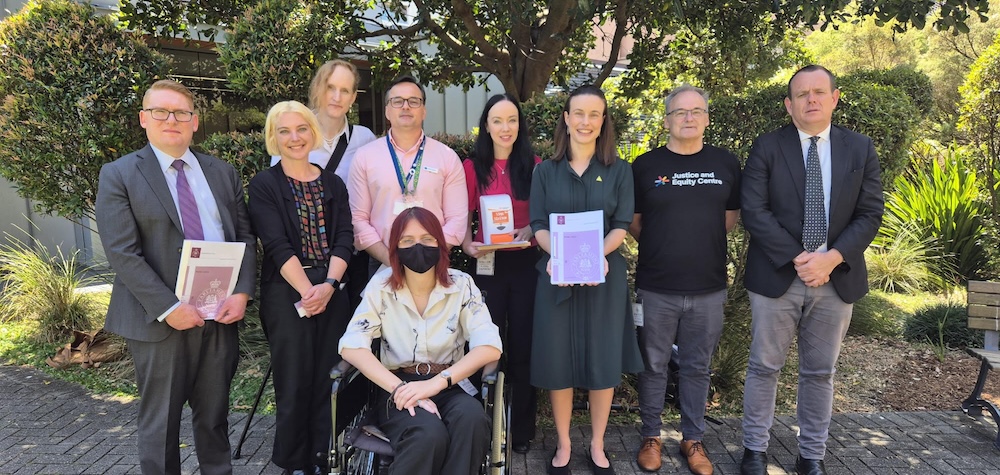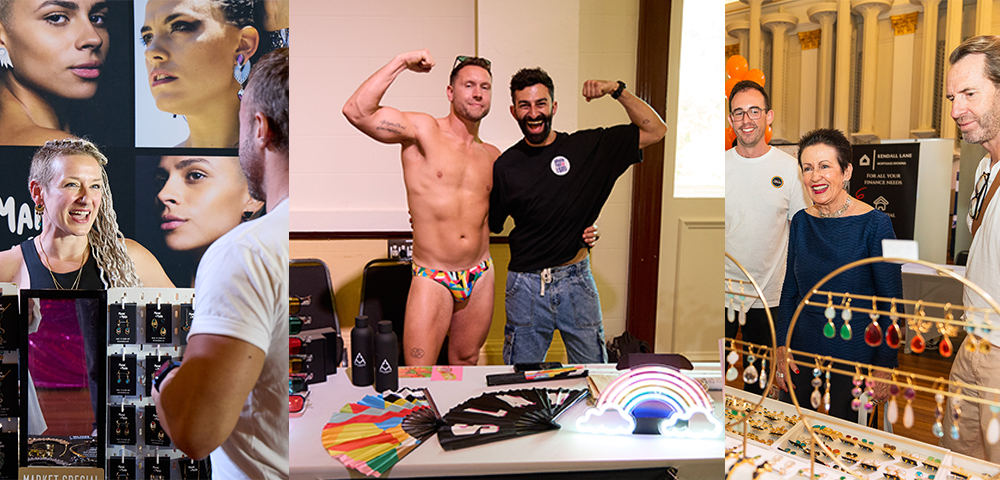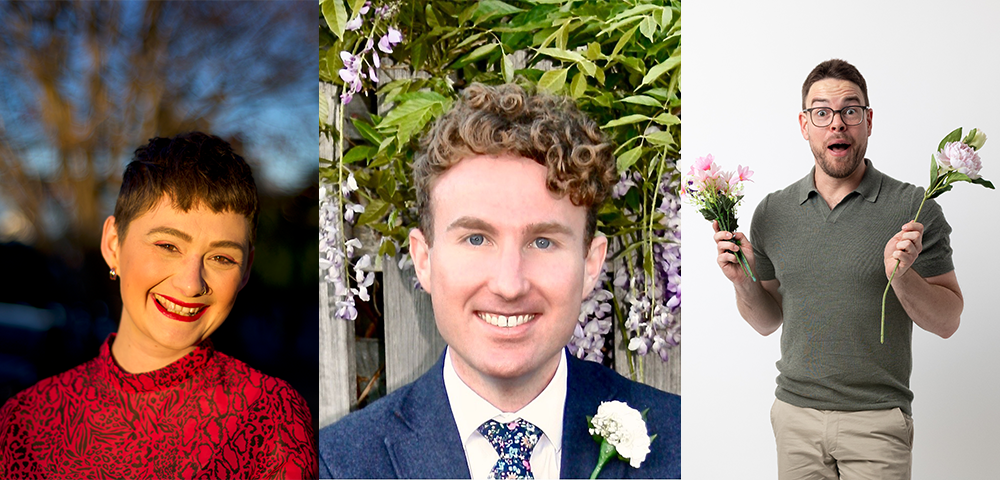
Centenary of gay liberation
The City of Berlin has named a street after him. Former San Francisco Mayor Willie Brown declared a day dedicated to his name in recognition of his contributions to the sexual emancipation movement.
The man who has so dramatically been brought back into the international spotlight is the German doctor, Magnus Hirschfeld. The pioneering sexologist began his career in medicine and was soon drawn to the study of human sexuality based on his personal life -“ in addition to being homosexual he was an avid foot fetishist and he coined the term transvestism. Hirschfeld believed that sexual orientation was a naturally occurring trait worthy of scientific inquiry and political emancipation rather than social hostility.
As a Jew living in an historically anti-Semitic country, Hirschfeld understood the vulnerability of scapegoated populations. He urged homosexuals from all walks of life to come out and become involved in the growing campaign for emancipation, urging that in the last analysis, you must carry on the fight yourselves -¦ the liberation of homosexuals can only be the work of homosexuals themselves.
Hirschfeld published the 23-volume Yearbook for the Sexual Intermediates, the first periodical devoted to homosexual studies. Through the Institute for Sexual Science which he founded in 1919, he also documented thousands of cases of sexual inversion and further bolstered his theory of the naturalness, or inborn quality, of homosexuality. As a pioneer, he often found himself in the dual role of educator and father-confessor. As a result he was often the most sought-after party guest and at the same time one of the most reviled public figures in Germany.
As the German fascists gained power, Hirschfeld came under constantly greater attack. His meetings were disrupted by Nazi youth gangs and he was physically attacked twice at meetings in Munich in 1920 and 1921 by anti-Semites. During the second attack he suffered a fractured skull and was left for dead in the street. Undaunted, he recovered and continued his campaign to repeal Germany’s anti-gay law and participated in the formation of the first global gay rights organisation, the World League for Sexual Reform. He was ultimately forced into exile although many of his books and the fragments of records and historical accounts of his work at the Institute still exist.
The Nazis succeeded in wiping out most traces of the homosexual emancipation movement from German society and much of Europe. With so much of the documentation of the concentration camps destroyed toward the end of the war, there is no way to accurately gauge how many homosexuals died during the Holocaust. The most common estimate, however, is that tens of thousands of homosexual men and women were killed at the hands of the Nazis. Gay men suffered unusually cruel treatment in the concentration camps. They faced persecution not only from German soldiers but also from other prisoners, and many gay men were beaten to death.
Additionally, gay men in forced labor camps routinely received more gruelling and dangerous work assignments than other non-Jewish inmates, under the policy of Extermination Through Work. SS soldiers also were known to use gay men for target practice, aiming their weapons at the pink triangles their human targets were forced to wear.









